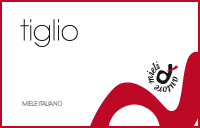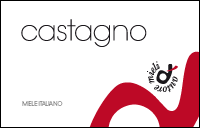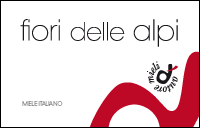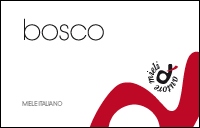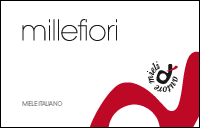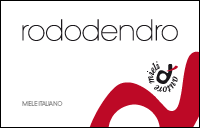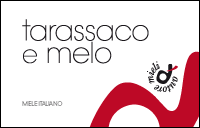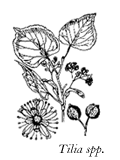
linden blossom
Tillia sp.
Produced at the end of June, start of July; from the lime trees at the slopes of the Alps; often mixed with chestnut honey and with trees along roads and parks when they are present in a large number. Often with a high content of honeydew from the same origin. The plant provides the honey with a characteristic balsamic aroma.
Colour light, almost white
Crystallisation compact to dense
Aroma fresh; typically balsamic; minty
Taste similar to aroma; minty and resinous
Use best used as a sweetener for teas and warm drinks
Natural characteristics of the plant calms the nervous system; useful to sooth spastic colitis Lime has remarkable antismog characteristics.
Available amounts 40g - 250g - 400g - 1000g
|
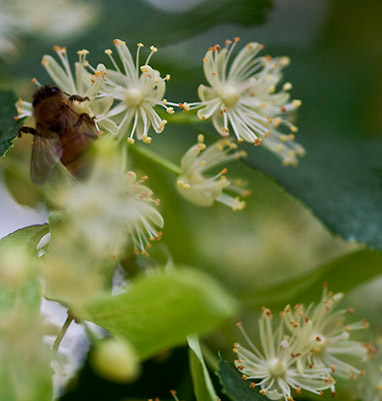 |










